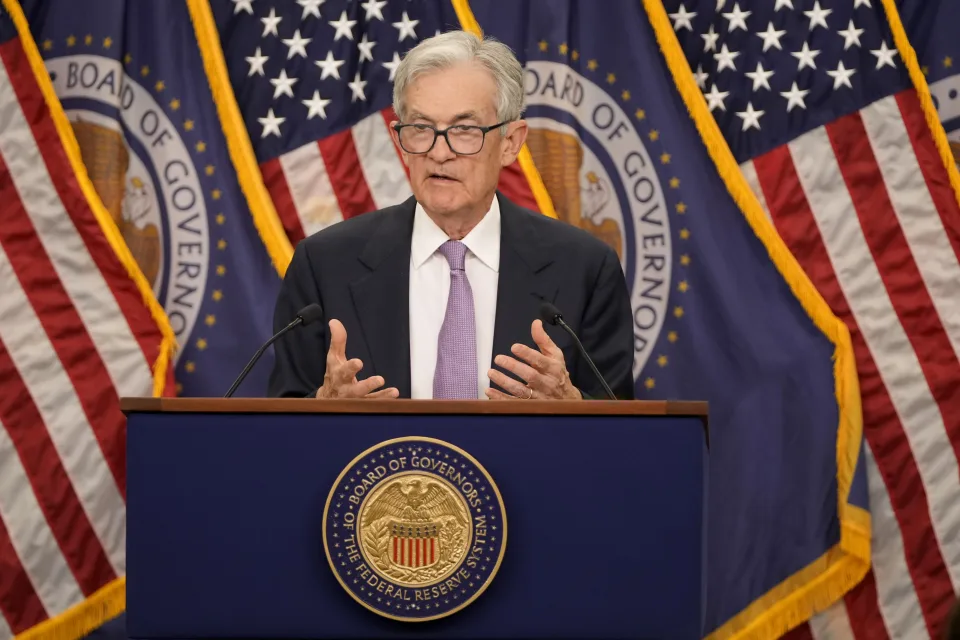The latest inflation report has brought no surprises, showing consumer prices rose in October as predicted, reinforcing the Federal Reserve’s trajectory towards a potential interest rate cut in December.
The Bureau of Labor Statistics released the October Consumer Price Index (CPI) on Wednesday, revealing a 2.6% year-over-year increase, up slightly from September’s 2.4% rate. This increase was in line with analyst expectations. Monthly inflation also rose 0.2%, mirroring the previous month’s rise, suggesting a steady, predictable trend in consumer prices.
In core inflation, which excludes food and energy for a less volatile perspective, October prices increased by 0.3% month over month, consistent with September’s rate. Over the past year, core inflation has held steady at 3.3% for three consecutive months, indicating some stabilization in price growth.
A Slow Journey Towards Lower Inflation
“There is progress on inflation,” Claudia Sahm, chief economist at New Century Advisors, told Yahoo Finance. “We are pointed in the right direction, but it has been a slow grind. And this is another month that fits in that slow grind.” Despite signs of deceleration, inflation remains above the Federal Reserve’s annual target of 2%.
Looking at shorter-term trends, the report shows mixed signals for the central bank. The 3-month annualized core CPI rate ticked up to 3.6% from the prior 3.1%, while the 6-month annualized rate held steady at 3.3%. These figures underscore the complexities the Fed faces in attempting to curb inflation without stalling growth.
Adding to the uncertainty, some economists are cautioning that the inflation outlook could shift depending on policy changes under President-elect Donald Trump. His policies, which emphasize higher tariffs, corporate tax cuts, and stricter immigration controls, have been viewed as potentially inflationary relative to the current Biden administration.
In recent remarks, Federal Reserve Chair Jerome Powell reiterated that the central bank would avoid making rate decisions based on anticipated policy shifts from the incoming administration.
Market Reactions and Expectations for December
Following the inflation data release, markets remained confident in a December rate cut, with the CME FedWatch Tool showing a 25 basis point cut as the more likely scenario. However, the odds of the Fed opting to hold rates steady in December rose to over 40%, up from about 30% a week prior, signaling increased investor caution amid mixed inflation signals.
Shelter and Food Costs Remain Stubbornly High
Shelter costs continued to be a significant driver of inflation, with the shelter index rising 4.9% annually, consistent with September. The category rose 0.4% month over month, up from September’s 0.2% gain, contributing more than half of the overall monthly inflation increase.
At the Yahoo Finance Invest conference, Neel Kashkari, President of the Minneapolis Fed, noted that housing inflation remains a “big elephant” in the inflation picture, though he expressed optimism that price growth would moderate as new leases are signed at lower rates.
Sub-indexes within shelter, such as rent and owners’ equivalent rent (OER) — the theoretical cost homeowners would incur if they rented their property — rose by 0.3% and 0.4%, respectively. Lodging away from home also saw a 0.4% increase in October, recovering from a 1.9% drop in September.
Mixed Signals Across Other Categories
While energy prices held steady on a monthly basis, they were down 4.9% year over year. Meanwhile, the food index climbed 2.1% from a year earlier, with monthly food costs up 0.2% in October. Grocery prices showed a modest 0.1% increase after a 0.4% rise in September, and dining out costs ticked up by 0.2%.
Other notable increases in October were seen in used car and truck prices, which jumped 2.7%, and airline fares, up by 3.2%. Smaller gains were observed in categories such as personal care, education, and recreation.
The October inflation data aligns with forecasts, bringing measured progress on the Fed’s path to taming inflation. But with significant pressures from shelter and food costs, along with potential policy shifts from a new administration, the central bank faces a delicate balancing act as it approaches its next rate decision in December.





